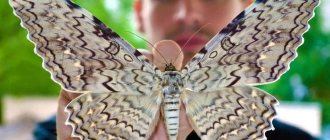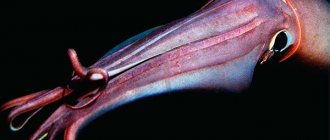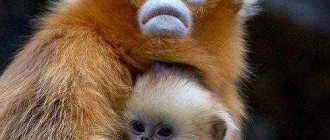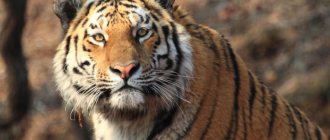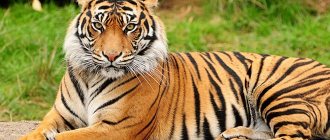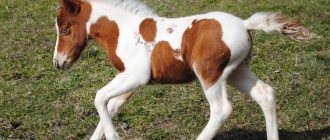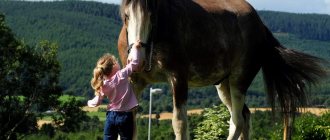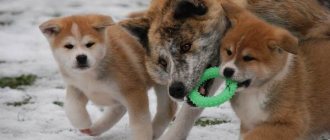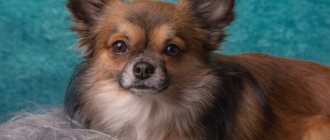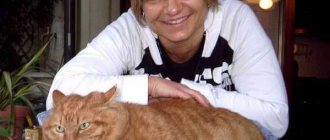Image by Tambako the Jaguar/Getty Images
There are 47 species of deer, and very few of them are like the white-tailed deer that inhabit North American forests. In fact, some species are much smaller or much larger than the most common species; many adapt to a wide range of habitats, from the arctic to the tropics. While some deer seem to thrive everywhere, others are extremely rare or critically endangered. ()
Learn about tusked deer, deer that were once thought extinct, and several more in the incredibly diverse world of Deer.
Social culture and reproduction
Photo: Red deer
The red deer is a herd animal. It easily communicates with other representatives of this species and is easily tamed by humans.
Main characteristics of the social structure of deer:
- male deer can live alone;
- males form harems of females during the rut; The number of females near one male can reach 20 individuals;
- females in ordinary life live separately from males, in small flocks;
- at the moment of migration, the entire herd obeys the leader. Migration can take place over quite long distances;
- deer walk quickly and swim well.
Reproduction of red deer
This usually happens during the cold season. The rut begins in September-October. During the mating season, males lose their natural vigilance. They forget about safety, food, and become aggressive. The female is capable of reproduction at the age of 2-3 years. Male aged 5-7 years.
The mating process in deer does not last long. Mating usually takes place within a few seconds. The pregnancy of a female red deer lasts almost 8 months. Pregnancy takes place in winter, when it is difficult to find food, which is quite difficult. And it greatly affects the mother’s body. In the spring, one sometimes (but very rarely) two cubs are born. At birth, a fawn weighs from 7 to 10 kilograms.
After giving birth, the fawn lies motionless in the grass for about a week, the mother feeds her child with milk and feeds next to the cub. To protect the brood from predators. By next winter, the baby will stop sucking milk and will get used to regular food. Red deer protect their offspring with the entire herd. Shielding babies with their bodies from predators when attacked, gathering in herds.
Reindeer
In America they are called carubou. The very only genus in which both sexes, and even young animals, have horns. These decorations are arched from back to front, and at the ends they are expanded like blades. They have wider hooves than other deer, which allow them to move freely through snow, through swamps, and along steep slopes.
The supraorbital branches, from which the horns begin to grow, consist of a single process, are finger-shaped and covered with shallow grooves. The appearance of the reindeer is rather unprepossessing. The legs are short, the tail is small, and males often have fangs.
Nevertheless, the general characteristics for all deer are observed - it looks representative and proud, moves quickly, and changes its antlers every year. For the northern peoples, this animal is as necessary as a cow or a horse is for us, or a camel for the desert inhabitants.
It provides milk and wool to its owner, is a source of other useful products, and is also a beast of burden. Northern individuals have served humans for so long that wild deer species are completely different from domestic ones. For example, the size of a domestic deer is much smaller, the fur is not so thick and wavy, and the character is no longer proud and freedom-loving, but obedient and dependent.
Reindeer species vary in habitat. In Eurasia, up to 8 subspecies are usually distinguished: European, Novaya Zemlya, Siberian, Siberian forest, European forest, Okhotsk, Barguzin, Spitsbergen deer.
In North America, there are 4 subspecies: bowhead, forest, Peary's deer and Grant's deer. However, not all scientists recognize such a number of subspecies; many number them significantly less. The only generally accepted division is into tundra and taiga deer. Let's complete the description of the giants of the family - moose.
Thanks to deer, many peoples living in the North manage to survive
